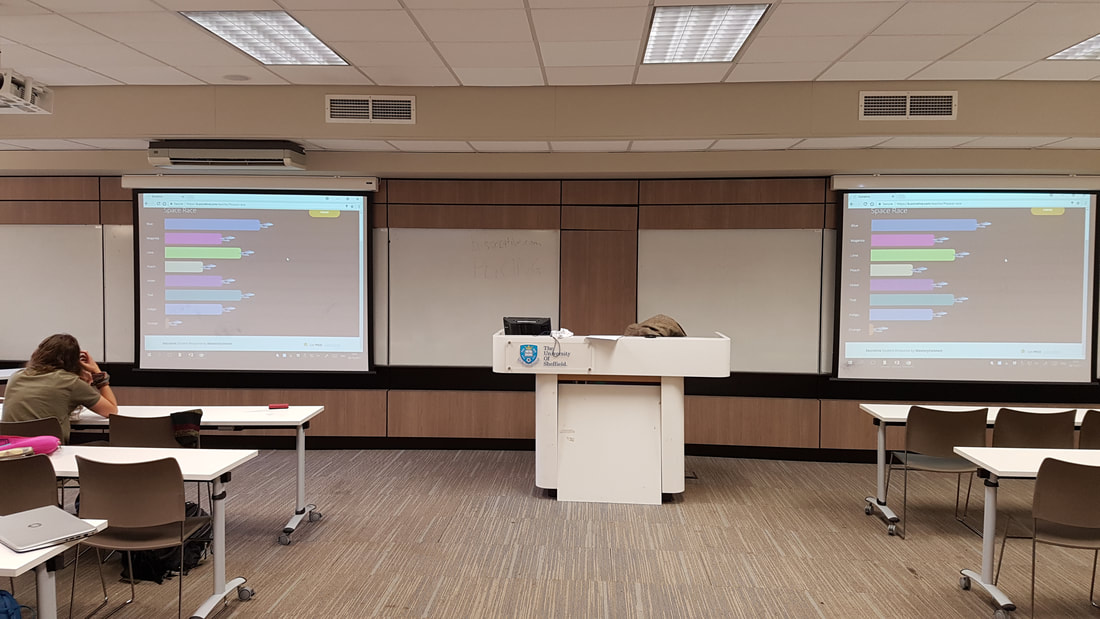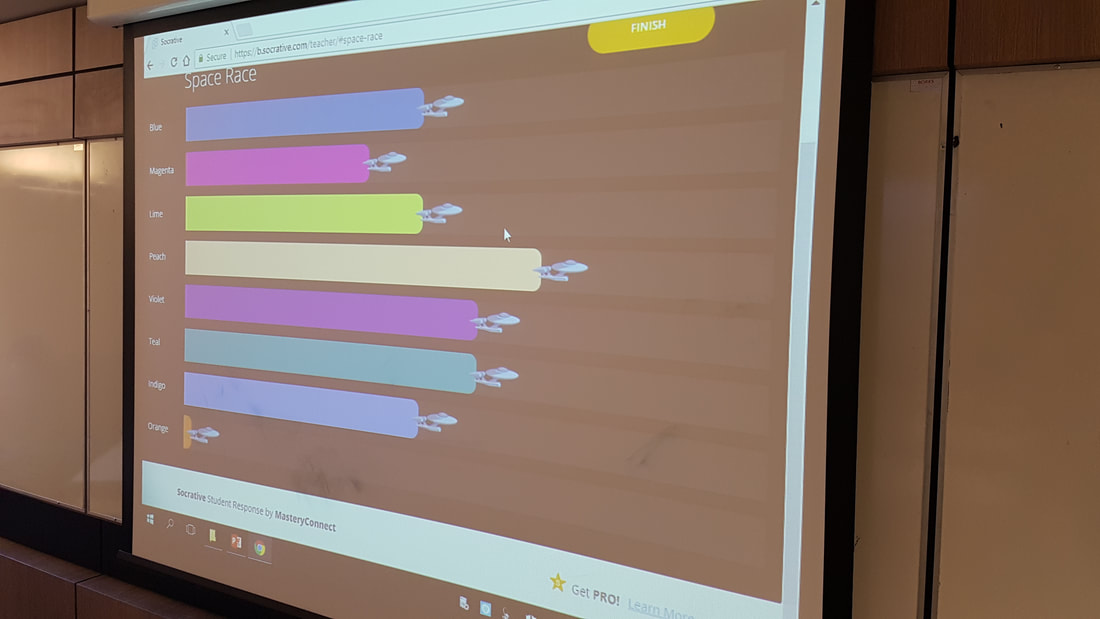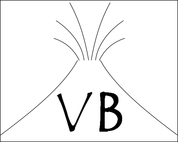|
Statistics is a vital aspect of a large variety of disciplines, particularly for the geographical sciences. However, the subject material can be a little dry and difficult to teach in an interesting way. But it really doesn't have to be like this! I try to innovate and incorporate a very modern and interactive teaching style for my lectures with interactive quizzing and lots of in-lectures discussions and problem solving. For statistics this can be a particular challenge, certainly for seminar based sessions which are often solely based upon reading and interpreting journal articles. Hence, my motivation for trying something new, of course to keep the students engaged and challenged but to keep me interested and on my toes too! I therefore devised a session which incorporated the interpretation of a journal article with the application of statistical methods and eruption forecasting. The students first task was to extract important information about the changes in gas ratios from a journal article about the behaviour of Stromboli volcano and how this may help forecast a change in eruptive style, they also had to consider what statistics may be of use in such a situation.
With the help of the interactive mobile quizzing software Socrative the students were then set a number of tasks aimed at helping them understand a developing (fictitious) volcanic crisis on Stromboli. This app allows teams to compete against each other in a "space race" adding a bit of fun competition to the challenge (and yes the icons are mini Starship Enterprises). The questions involved selecting the correct statistical techniques and calculating the correct answers to progress in the space race. The challenges, split up into months, had the students probing data to see if there were significant differences between background ratio levels and new ones, investigating explosion frequency, and looking at the relationship between seismic signals and strombolian explosion masses to help explore explosion masses during an unfortunate down period of the gas monitoring network. On the whole, the students found this a great way to begin applying their statistical knowledge to a believable, albeit fictitious, scenario. I would certainly recommend attempting innovative ways of enthusing and helping students learn about statistics! Comments are closed.
|
Archives
July 2023
|



 RSS Feed
RSS Feed